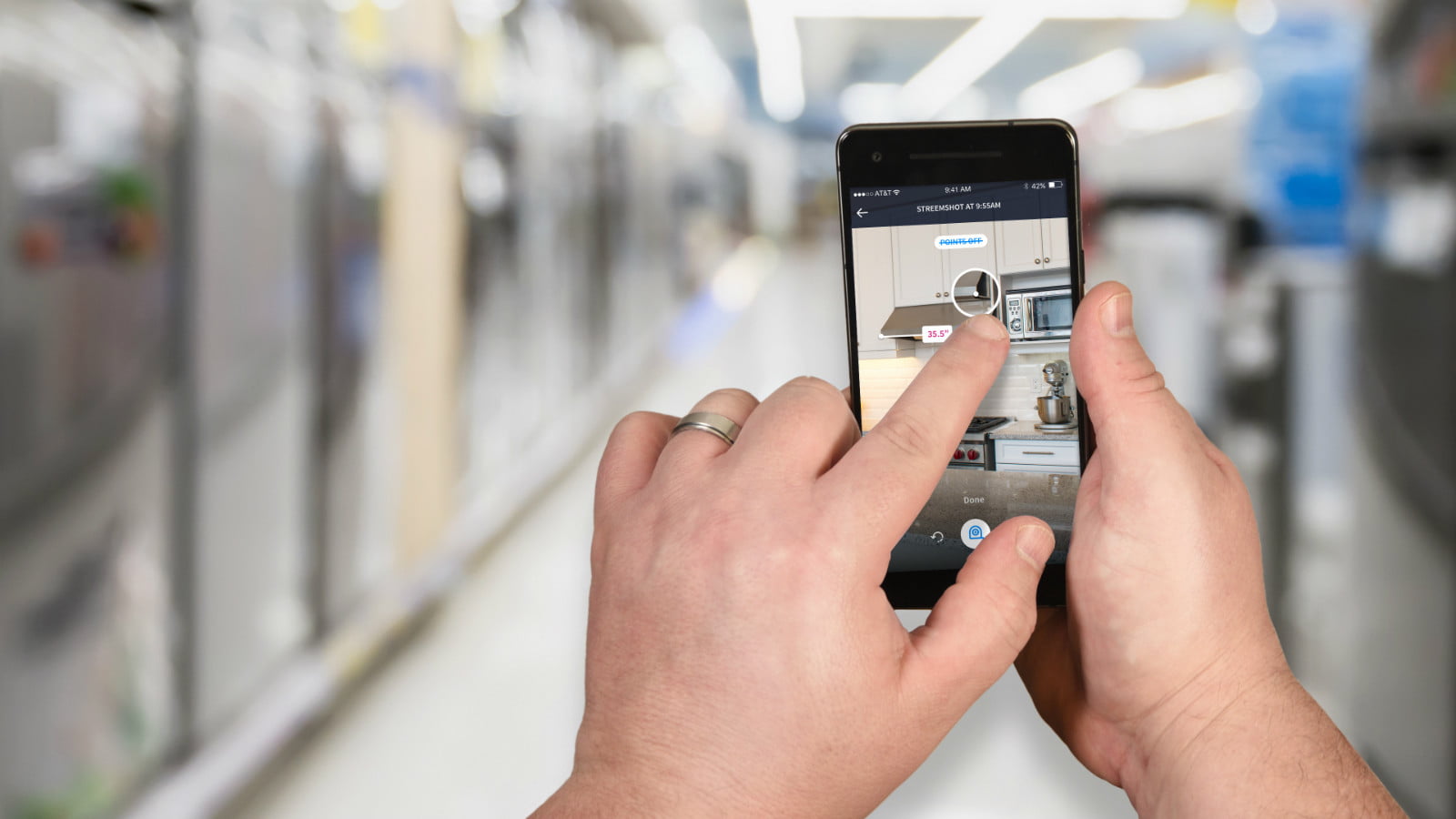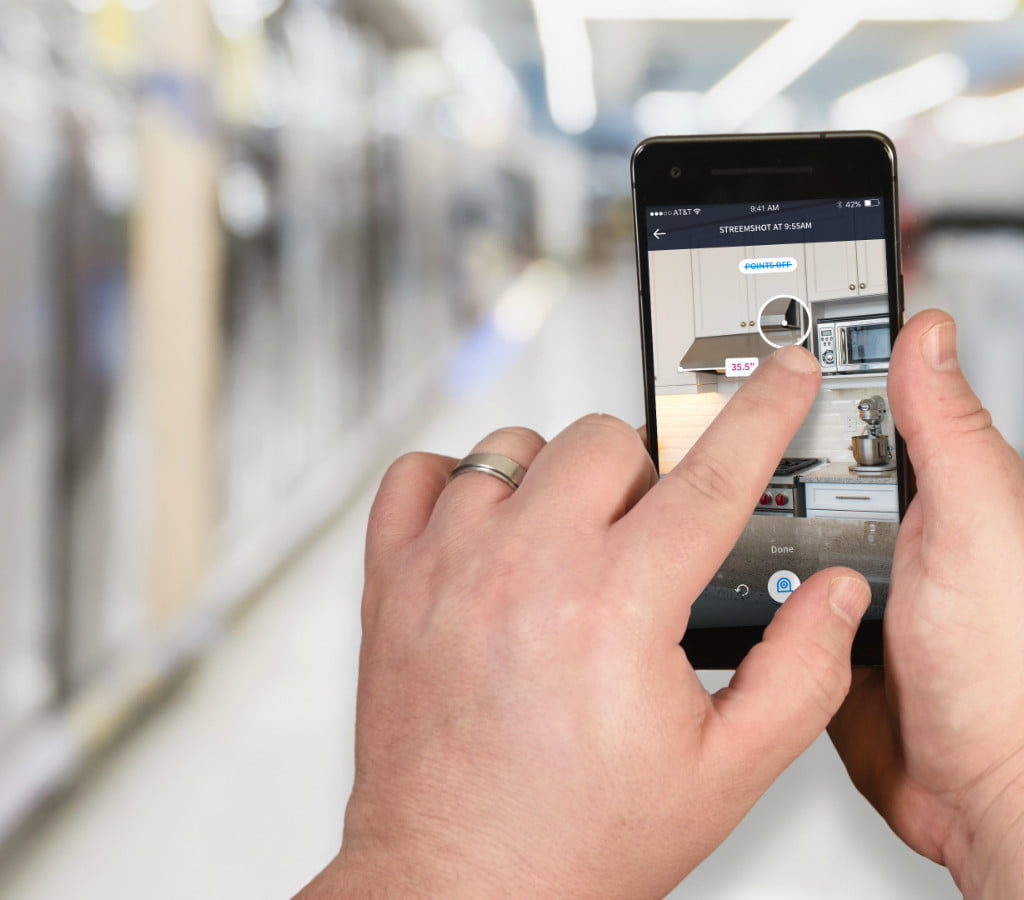Tech Vision is LSA’s series that spotlights emerging tech. Running semi-weekly, it reports on new technologies that LSA analysts track, including strategic implications for local commerce. See the full series here.
Augmented Reality (AR) use cases are often divided between enterprise (B2B), and consumer (B2C). But there’s a third category emerging somewhere between the two: B2B2C. In other words, AR is being applied to help consumer-facing businesses better serve their customers.
This is where Streem lives. It brings the industrial AR concept of remote assistance (a.k.a. “see what I see”) to home services. This concept is gaining lots of traction in industrial settings to reduce technician travel and machine downtime through remote AR visualization and instruction.
This often involves an on-site individual with AR glasses or upheld smartphone. A remote expert/technician can then see everything that the camera picks up and guide the on-site rep using both verbal instructions and spatially-anchored annotations (think: arrows, circles, etc.).
Taking that principle to home services means that everything from setting up a wi-fi router to fixing a dishwasher can be assisted remotely. Picture a cable company phone rep visually walking you through a router setup versus the disjointed (and sometimes painful) voice-only instructions.

But an even better area to reduce pain and cost is home services like plumbing. Homeowners can be the eyes and ears of a remote pro, via upheld smartphone. The latter can then diagnose issues — or even instruct the homeowner for lighter jobs — with voice and positionally accurate on-screen annotations.
The real value plays out through reducing preliminary technician visits, according to Streem CEO Ryan Fink who claims that it’s done this to the tune of 42 percent. Otherwise known as a truck roll, this includes an initial home visit to scope and price a given job. Essentially, they can turn two visits into one.
And it’s not just fewer visits but more streamlined ones. In other words, the standard practice of showing up with a big truck with all possible tools to handle any job can be replaced with advance knowledge of the exact job. That means a lighter dispatch, clustering like-jobs or ordering requisite parts faster.
Those of you familiar with the dynamics of local home services know that the vision was always for smartphone apps to enable picture sharing to achieve a similar level of remote service or diagnosis. But it was never executed well nor incrementally valuable enough, so it didn’t materialize.
Streem is the 2.0 version of that vision that’s aiming to get over the adoption hump. As we’ve examined, any new technology has to be considerably greater than the one it wants to replace in order to outweigh adoption friction and activation energy. And local businesses are famously resistant.

But Streem could have the ingredients to win them over in terms of reducing a pain point. Then comes the classic local challenge of selling into a fragmented market. That often requires local feet on the street sales or channel partners — local’s longstanding dilemma as many LSA Insider readers know.
Streem could also go to market through partnerships with home appliance manufacturers. That would mean single points of entry to many homeowners. Manufacturers would meanwhile benefit from streamlined customer service, higher satisfaction and more cost-efficient repair.
The pieces are in place and could develop quickly depending on Streem’s execution and path to market. As the de-facto IT manager for remote (and often older) family, this author can attest that remotely helping with wifi router setup will be a lot less painful with intuitive AR interactions like this.
For more, check out the below episode of the Above the Cloud podcast where we further examine how AR will impact local commerce, including the home services angle.
Be the first to hear news about Local, events, and research. Click here to subscribe for updates from the LSA.




